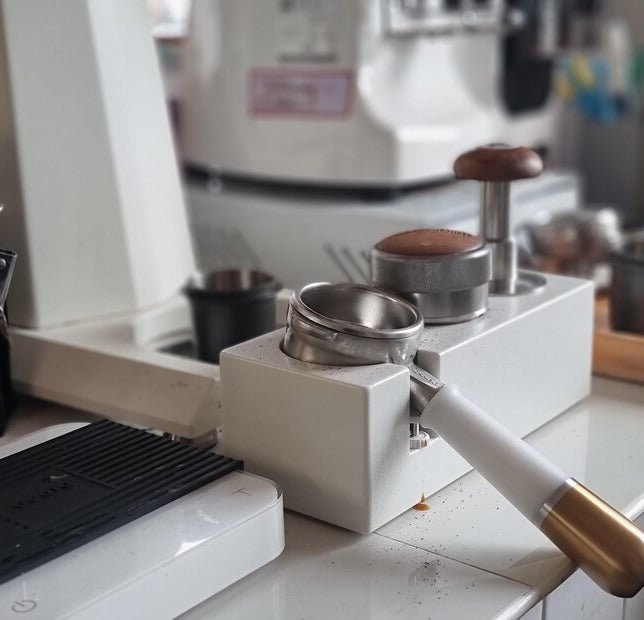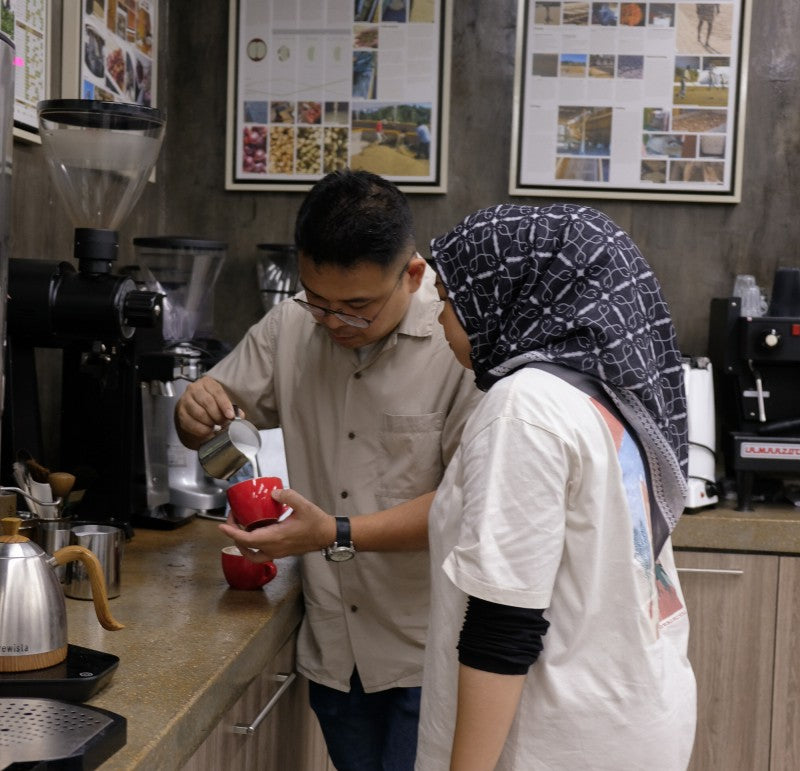Latest articles
An Intro to Coffee Beans
By Ruba Nackeeran
|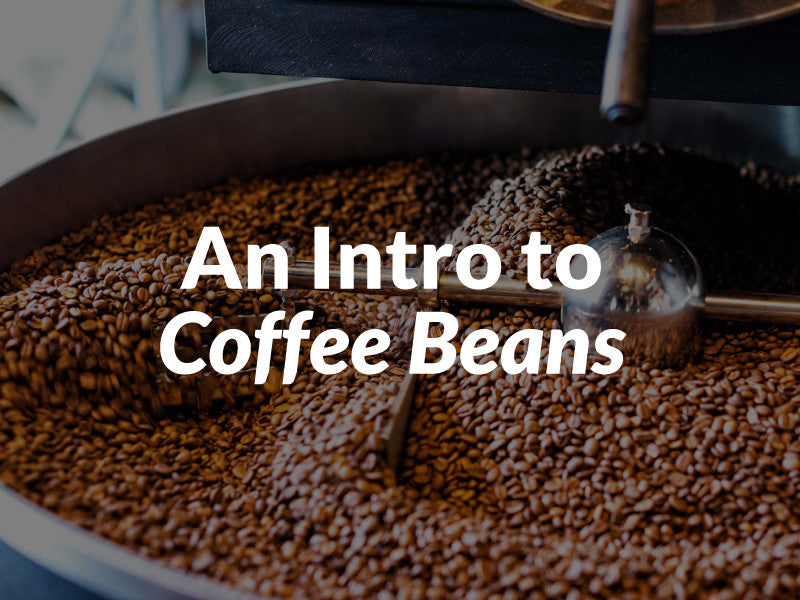
If you’re truly a coffee lover then you need to know more about the tiny little seed that gives you that morning boost you love.

Coffee trees can grow up to 12 to 15 metres in height but are kept at 2-3 meters to make harvesting convenient and they also require specific environmental conditions which differ depending on the varietals. Coffee farmers also require a lot of patience, because it takes about 3-5 years for the trees to start bearing fruits! On top of that, they need to wait another 36 months for the fruit to become fully ripe.
Here's an image of the ripening process where the cherry’s colour changes from raw to fully ripe.

2. Anatomy of a Coffee Cherry

The 3 most commonly used methods are mechanical harvesting, stripping and hand-picking. Out of these 3 the most cost-friendly is stripping because it involves stripping off the cherries from the branches and is much faster. However this method doesn’t guarantee a good selection of coffee cherries. Hand-picking, on the other hand will give the best results because it involves picking out only good quality cherries cherries. Mechanical harvesting is costly and at the same time doesn’t yield a good selection of cherries.
4. ProcessingAfter the cherries are harvested they go through processing to become green coffee. Green coffee refers to beans which have not been roasted. Each tree is estimated to produce about 3 - 5 kg of cherries which upon processing becomes 1.25kg of green coffee. Some of the methods used include:
- Natural Processing: drying cherries until only 12% of moisture remains and then hulling (the process of removing the parchment a.k.a outer layer) to obtain the bean.
- Pulped: The pulp is removed without using water with 80% of the mucilage still attached to the bean’s parchment.
- Washed: Similar to pulped, the only difference with this process is that it’s fermented and washed using a pulper machine.
-
Semi Washed: Beans are washed and de-pulped using water and a de-mucilage machine to remove the pulp and mucilage.

5. Does processing affect the flavour?
If you thought yes then you’re right. Below is a graph which shows the difference between processing and how it affects the flavours.
According to the graph, beans which undergo natural processing are sweeter than beans which are washed. This is because natural processed beans are dried without removing the pulp therefore the beans absorb some sweetness from the pulp whereas in the wash process the pulp is removed.
6. The Next StepThe green beans are then stored in airtight bags or containers in a cooler until it is needed for roasting. Roasting involves removing moisture from the beans which reduces the weight from 1.25kg to 1kg. Roughly calculated, 1kg of beans will give you 100-120 cups of espresso (assuming that you use 8g-10g for a cup of coffee).
Now that you know the long journey coffee beans make to get into your cup, take a moment to appreciate the beans and the labour of love put into it to make your coffee taste just that much better.


 Espresso Machine
Espresso Machine
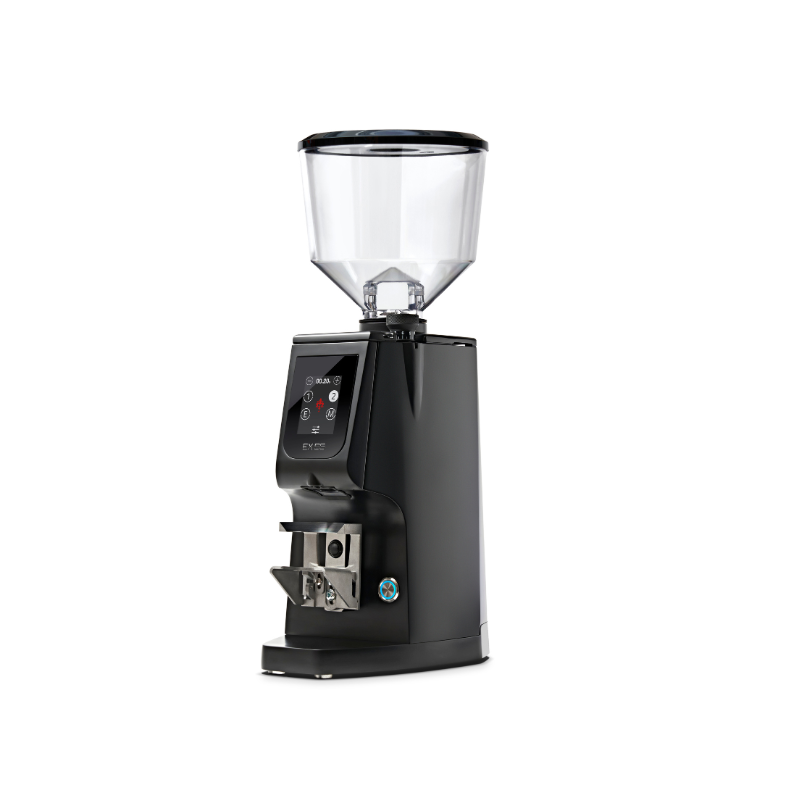 Grinder
Grinder
 Boiler & Bulk Brewer
Boiler & Bulk Brewer
 Super Auto Machine
Super Auto Machine
 Blender & Juicer
Blender & Juicer
 Milk Heater
Milk Heater
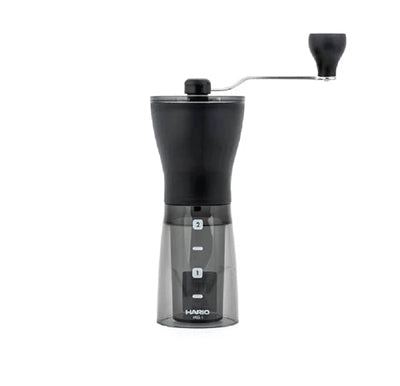 Hand Grinder
Hand Grinder
 Digital Scale
Digital Scale
 Dripper & Cold Brew
Dripper & Cold Brew
 Kettle
Kettle
 Cups & glassware
Cups & glassware
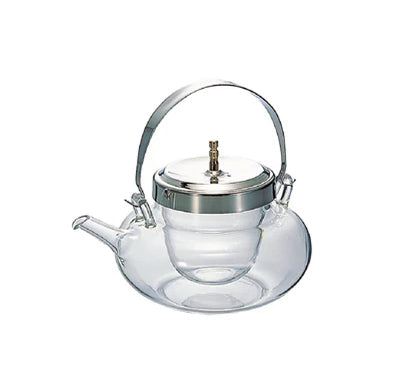 Teapot & Server
Teapot & Server
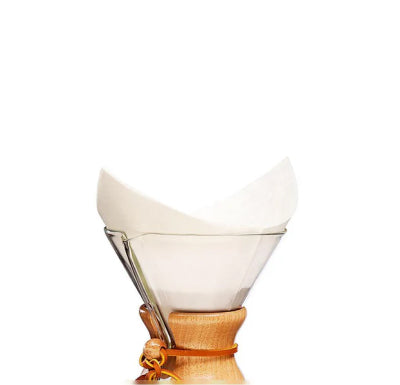 Filter Paper
Filter Paper
 Cleaning Solution
Cleaning Solution
 Coffee Bean
Coffee Bean
 Coffee Ground
Coffee Ground
 Capsule
Capsule
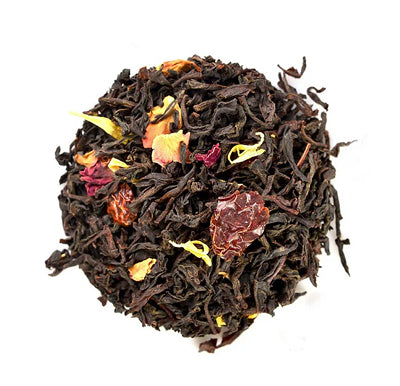 Black Tea
Black Tea
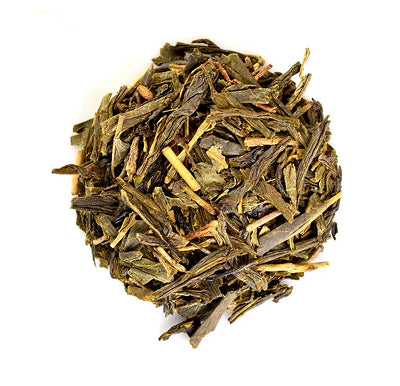 Green Tea
Green Tea
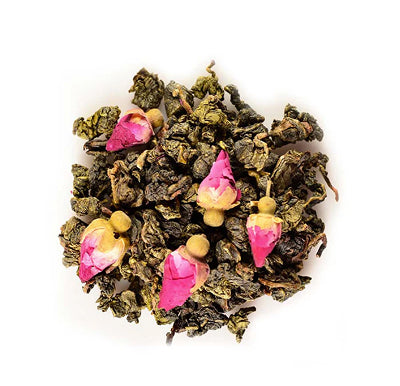 Oolong Tea
Oolong Tea
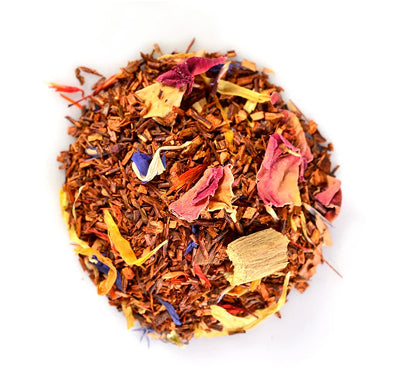 Herbal & Rooibos Tea
Herbal & Rooibos Tea
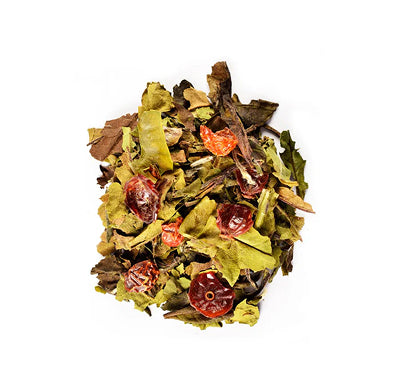 White Tea
White Tea
 Tea Tins
Tea Tins
 Tea Tools
Tea Tools
 Syrup
Syrup
 Sauce
Sauce
 Fruit Mix
Fruit Mix
 Beverage Mix
Beverage Mix
 Frappe Mix
Frappe Mix













